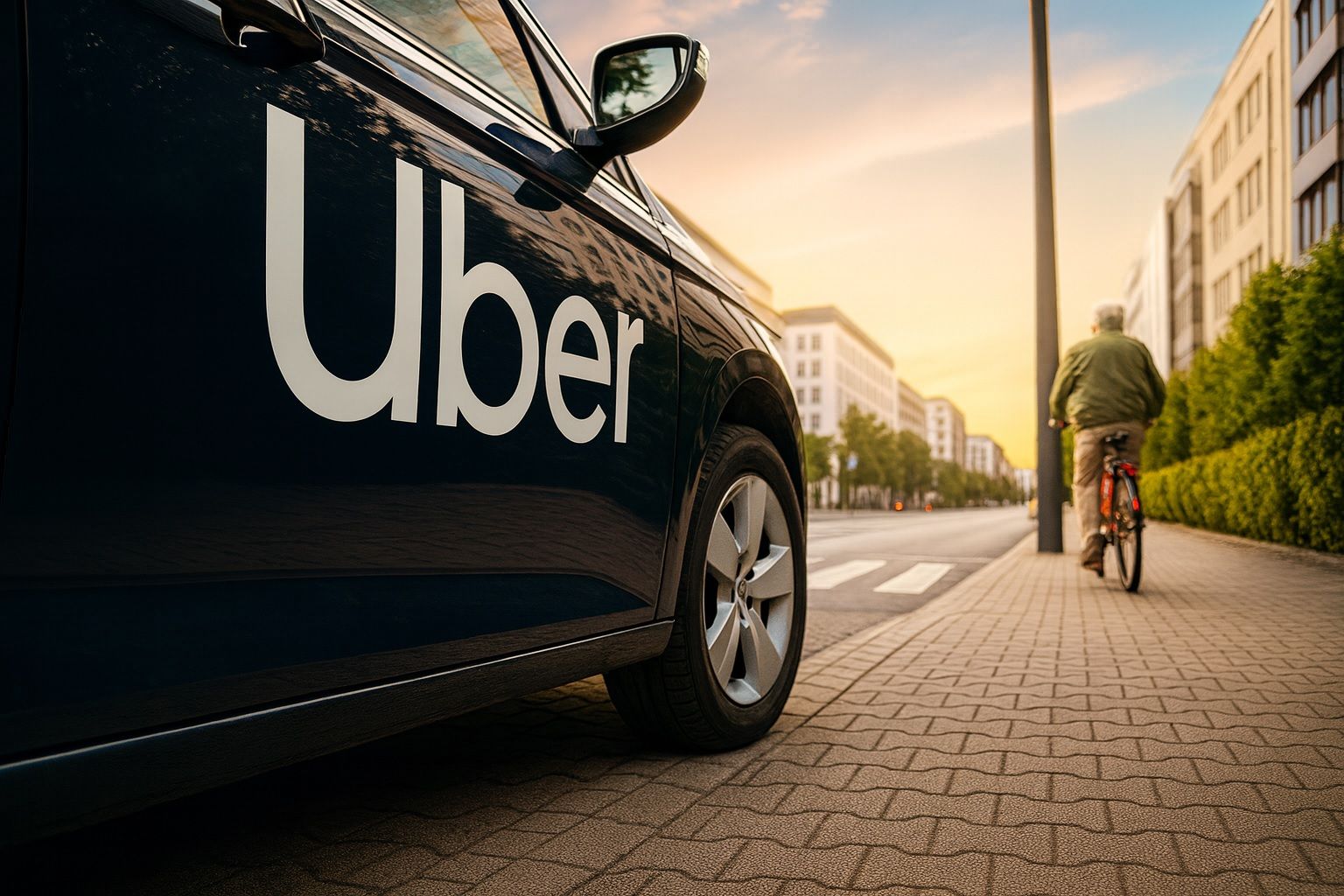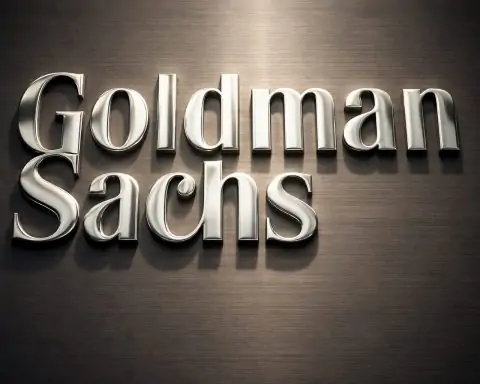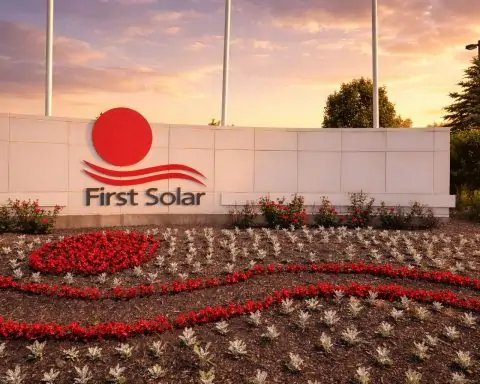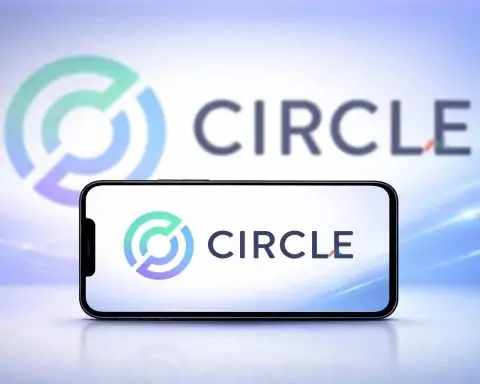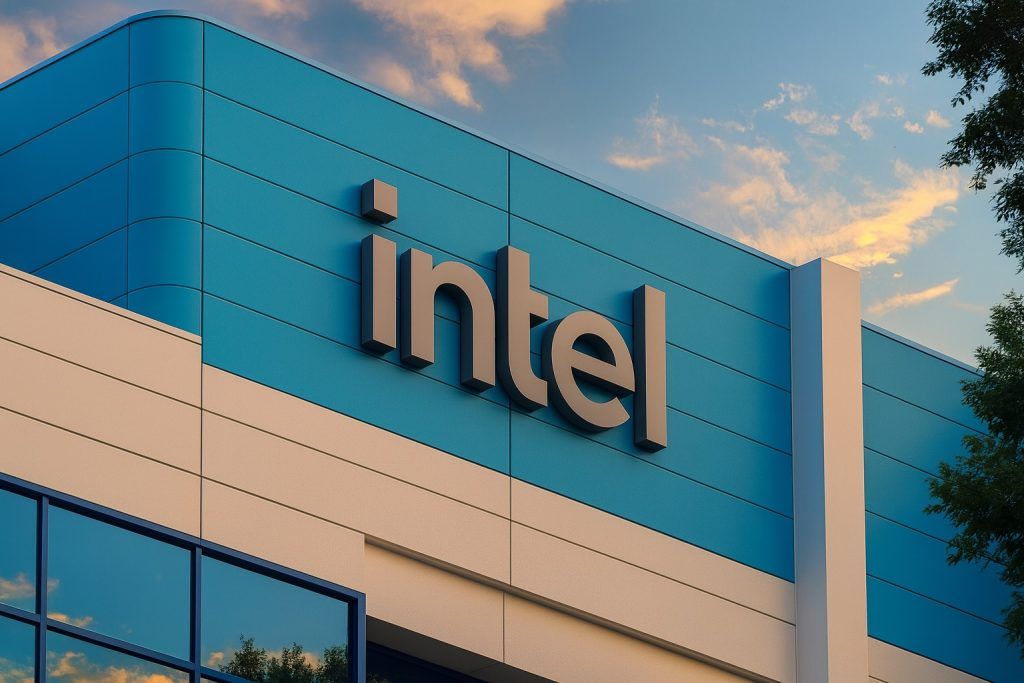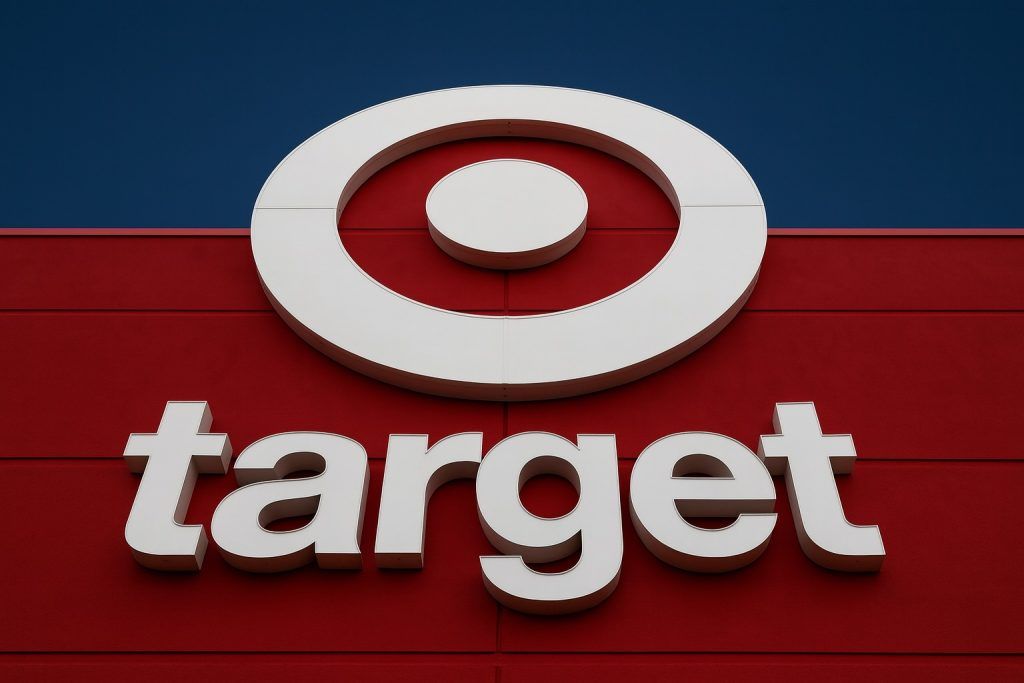- Uber (NYSE: UBER) closed around $94.61 on October 23, 2025, up about 2.6% on the day [1], near its 52-week high (~$101.98) [2].
- EV Initiative: Uber is rebranding its “Green” service to “Uber Electric”, offering $4,000 grants to drivers who switch to electric vehicles [3] as part of its push toward electrification.
- Drone & Delivery: Uber announced a partnership with drone company Flytrex to begin Uber Eats drone deliveries in select U.S. markets by late 2025 [4]. It’s also expanding in groceries – for example, Uber Eats recently struck a deal with Aldi (including SNAP/EBT acceptance) to deliver groceries [5].
- Autonomous Vehicles: Uber and investment partner Nebius will invest up to $375 million in Avride’s self-driving taxi unit, aiming to deploy a fleet of around 500 autonomous vehicles in Dallas and beyond [6]. Uber also maintains partnerships with Waymo, Volkswagen, Lucid and Nuro to roll out thousands of robotaxis (e.g. a 20,000-vehicle Lucid/Nuro deal) [7] [8].
- User Engagement: Uber’s paid loyalty program Uber One now has about 36 million members (up 60% YoY) and accounts for over one-third of bookings [9], boosting both mobility and Eats revenue. The company also unveiled a $20 billion share buyback (Aug 2025) and raised its Q3 bookings guidance ($48.25–$49.75B vs. $47.3B consensus) [10].
- Analyst Outlook: Wall Street is broadly bullish. Guggenheim’s Taylor Manley initiated coverage on Oct. 15 with a Buy rating and a $140 12-month price target [11]. Consensus 12-month target is ~$105–$107 (implying ~12% upside) [12], with high-end forecasts of $130–$140 (e.g. Mizuho’s $130 Outperform).
Market Performance
Uber stock has been a strong performer in 2025. After starting the year in the high $60s, the shares have climbed roughly 40–50% (its rise was noted as +48% YTD by early August [13]). By mid-October, UBER was trading near $94–95, close to its 52-week peak. On October 23, 2025, it closed at $94.61, up 2.6% on the session [14], reflecting positive investor sentiment. (The stock edged slightly higher in after-hours trading as well.) This move came after a period of consolidation in the low-to-mid $90s. According to Reuters, the day’s range was about $92.50–95.55 [15], and the 52-week range is roughly $59.33–101.98 [16], showing that Uber is trading near multi-year highs.
Uber’s market capitalization is now in the high-$190 billion range, making it one of the largest mobility platforms. Investors have pushed the stock well above pandemic-era lows (a roughly 200–220% gain since early 2020 [17]). Consensus among analysts remains a moderate buy: out of ~39 analysts, the average target is about $105.70 (an ~12% upside [18]). However, some firms are more aggressive. Guggenheim’s buy rating at $140 implies a 50%+ gain from current levels [19]. In contrast, more conservative voices note that much of Uber’s growth is already priced in (UBER trades at ~32× forward EBITDA [20]). Technical indicators are mixed: the stock is just below its 52-week peak, and some market-watchers note it’s trading above key moving averages, suggesting momentum.
Recent Developments
EV Driver Grants – Uber Electric: On Oct. 22, 2025 Reuters reported that Uber will rebrand “Uber Green” as “Uber Electric” and offer $4,000 grants to drivers who buy or lease a battery-electric vehicle [21]. This “Go Electric” initiative is intended to accelerate Uber’s path to a zero-emission platform. Uber said in the Reuters report that the program will roll out in dozens of U.S. cities, helping drivers offset the higher cost of EVs. According to the company, such incentives and broader EV partnerships are critical to meeting its climate goals. This announcement provided an immediate tailwind to the stock, as it highlighted concrete steps on sustainability and fuel cost savings.
Drone Delivery Partnership: Uber’s expansion into new delivery technologies took another leap forward. In mid-September (reported by TS2 Tech), Uber partnered with Israeli drone startup Flytrex, marking Uber’s first direct investment in drone delivery [22] [23]. The alliance will begin Uber Eats drone trials in selected U.S. cities by late 2025, with the goal of delivering meals in minutes via autonomous aircraft [24]. As Sarfraz Maredia, Uber’s head of autonomous delivery, said:
“[The Flytrex tie-up is about] bringing the speed and sustainability of drone delivery to the Uber Eats platform, at scale, for the first time.” [25]
Flytrex brings a proven track record (over 200,000 deliveries to date and FAA approval for beyond-visual-line-of-sight flights [26]). Analysts note drone delivery could dramatically cut Uber Eats times (to ~10–15 minutes from the usual 30–45 [27]), albeit at higher per-delivery cost (~$13.50 per drone drop vs. ~$2 by van currently [28]). Nonetheless, industry observers say the partnership demonstrates Uber’s commitment to cutting-edge delivery tech. For investors, this move is part of a broader “multimodal” strategy (drones, robots, self-driving cars, e-bikes) that could strengthen Uber’s moat.
Autonomous Vehicle Investments: Uber’s long-term growth strategy increasingly revolves around self-driving vehicles. On Oct. 22, Bloomberg reported that Uber (with Nebius Group) will invest up to $375 million in Avride – a Dutch robotics startup originally incubated inside Uber’s labs [29]. This funding is aimed at scaling Avride’s autonomous taxi fleet to about 500 vehicles in Dallas by early 2026. (Uber previously integrated Avride’s software into its platform in Austin and Las Vegas.) The deal shows Uber doubling down on robotaxis via partnerships rather than building its own cars. As one analyst noted, investing in AV firms can “ultimately mean more business for Uber’s platform” by expanding its addressable market [30] [31].
In addition, Uber has struck several large AV partnerships. For example, Reuters noted that Uber in April agreed with Volkswagen for thousands of autonomous electric vans, and in July cut a $300 million deal with Lucid Motors and Nuro to deploy over 20,000 autonomous taxis across the U.S. [32]. These moves complement Uber’s integration of Alphabet’s Waymo vehicles into its app in cities like Phoenix and Atlanta. The industry view is that mass robotaxi deployment could eventually lower Uber’s costs and boost profits, even if such technology is still years from large-scale rollout. As Ken Mahoney (of Mahoney Asset Management) commented, “to a lot of these companies, it does seem this will be a worthwhile endeavor … as there are lofty predictions about the robotaxi industry’s total addressable market.” [33]. In short, Uber is positioning to ride the autonomous vehicle wave alongside rivals like Tesla and Waymo.
Loyalty Program & Financials: Uber’s core business remains strongly influenced by consumer demand and engagement. In the June 2025 quarter, Uber reported robust growth powered by its Uber One loyalty program. According to Reuters, Uber One membership jumped 60% YoY to 36 million in June, and over one-third of Uber’s gross bookings now come from these loyal subscribers [34]. CEO Dara Khosrowshahi has said these subscribers spend more and use both rides and delivery services, boosting overall profitability [35]. This customer stickiness is helping Uber post solid results: e.g. Q2 gross bookings were up 18.2% YoY (driven by +24.6% delivery growth) [36], and adjusted EBITDA forecasts remain above consensus. For Q3 2025, Uber guided to $48.25–49.75 billion in gross bookings (17–21% growth), higher than the ~$47.3B expected [37], implying continued momentum.
Uber has also signaled confidence by boosting capital return to shareholders. In August 2025, it announced a $20 billion share buyback (adding to prior authorizations) [38]. This aggressive buyback is one of the largest ever by a U.S. tech company and reflects management’s view that the stock is undervalued. (Notably, the buyback was unveiled the same day Uber said loyalty-driven bookings were accelerating.) Overall, analysts note Uber is turning towards stable “cash machine” behavior: profitable segments (like delivery) are growing while the company limits new cash burns on technology by partnering instead of building.
Industry Trends & Competition
Uber’s fortunes also hinge on broader mobility trends. The continued recovery of post-pandemic travel boosts ride-hailing demand, but many consumers are also cost-conscious. Some analysts point to a shift toward lower-cost alternatives (like public transit or carpooling) in recent months. Moreover, regulators and consumers are pushing ride-hailing to be greener and safer. Uber’s EV initiatives align with municipal goals in cities worldwide that are mandating more zero-emission vehicles. In Europe, for instance, rival Bolt’s CEO has publicly urged the continent to catch up on autonomous tech, noting EU automakers have lagged on self-driving compared to the U.S. and China [39].
Competition remains intense. In food and grocery delivery, DoorDash (NYSE: DASH) has been expanding its own grocery partnerships and even got a bullish Guggenheim note ($330 price target [40]). Lyft (NASDAQ: LYFT) continues to chisel away at Uber’s U.S. market share by offering its own promotions and rewards. And new entrants (like customized fleets or city-regulated services) keep the market dynamic. Regulatory challenges also loom: Uber faces high scrutiny on driver labor issues and local licensing. (As an aside, Uber recently lost a UK Supreme Court case in July regarding VAT rules on hire cars [41], underscoring the complex legal landscape it navigates.)
On the upside, Uber’s vast global network (in ride-share, food delivery, freight, etc.) and strong brand equity are major moats. Experts note that the total addressable market for mobility is huge and still underpenetrated. If autonomous driving and other tech bets pay off, Uber could capture a large new revenue stream. For example, even as some worry that self-driving cars might disintermediate Uber, Guggenheim analysts argue the opposite – that ride volume will grow so much that Uber’s platform thrives, with AVs contributing about 20% of U.S. rides by 2035 [42] [43].
Outlook and Analysis
Analysts’ near-term forecasts for Uber’s stock are mixed-but-improving. On one hand, the consensus 12-month price target (~$105–$107 [44] [45]) implies modest upside. On the other, several firms have raised targets. In early October, Mizuho upgraded Uber to Outperform with a $130 target [46], citing better-than-expected Q3 results (EPS beat, 18.2% revenue growth) [47]. Guggenheim’s $140 target assumes accelerating growth through 2027. If these high forecasts materialize, shares could climb 30–50%+ from current levels.
Technically, the stock appears to have strong support. It recently held above the $90–92 range (previous resistance), and bulls point out that there is little overhead supply until the prior high near $102. On the flip side, Uber’s P/E remains rich, and any slowdown in bookings (for example, if a recession dampens travel) could spark profit-taking. Some chart watchers will watch the RSI and moving averages for signs of overbought conditions. At present, however, the combination of positive news flow and buy-side support suggests the uptrend may continue.
Finally, Uber’s trajectory will depend on execution. Can its new EV incentives actually convert large numbers of drivers? Will drone pilots scale profitably? The upcoming quarterly earnings (Q3 results are due Nov. 4, 2025) will be closely watched for clues. For now, the market seems encouraged: “We see the miss as immaterial… and as such, believe the stock will recover,” said analyst Jamie Meyers (Laffer Tengler) of Uber’s recent small miss [48]. And as Ken Mahoney put it regarding Uber’s self-driving push: “…it does seem this will be a worthwhile endeavor” [49]. In summary, amid a surge to decade highs, Uber’s stock story in late October 2025 is one of bullish expectations – from EV grants to drones, the company is laying out growth catalysts that many analysts believe justify premium valuations [50] [51].
Sources: Reuters, Bloomberg, MarketBeat, and financial analysis sites including TechStock² [52] [53] [54] [55] [56] [57].
References
1. www.reuters.com, 2. www.reuters.com, 3. www.reuters.com, 4. ts2.tech, 5. ts2.tech, 6. www.bloomberg.com, 7. www.reuters.com, 8. www.bloomberg.com, 9. www.reuters.com, 10. www.reuters.com, 11. ts2.tech, 12. www.marketbeat.com, 13. www.reuters.com, 14. www.reuters.com, 15. www.reuters.com, 16. www.reuters.com, 17. ts2.tech, 18. www.marketbeat.com, 19. ts2.tech, 20. www.reuters.com, 21. www.reuters.com, 22. ts2.tech, 23. ts2.tech, 24. ts2.tech, 25. ts2.tech, 26. ts2.tech, 27. ts2.tech, 28. ts2.tech, 29. www.bloomberg.com, 30. ts2.tech, 31. www.bloomberg.com, 32. www.reuters.com, 33. www.reuters.com, 34. www.reuters.com, 35. www.reuters.com, 36. www.reuters.com, 37. www.reuters.com, 38. www.reuters.com, 39. www.reuters.com, 40. ts2.tech, 41. www.reuters.com, 42. ts2.tech, 43. ts2.tech, 44. ts2.tech, 45. www.marketbeat.com, 46. ts2.tech, 47. ts2.tech, 48. www.reuters.com, 49. www.reuters.com, 50. ts2.tech, 51. ts2.tech, 52. www.reuters.com, 53. ts2.tech, 54. www.reuters.com, 55. www.reuters.com, 56. www.bloomberg.com, 57. www.marketbeat.com
